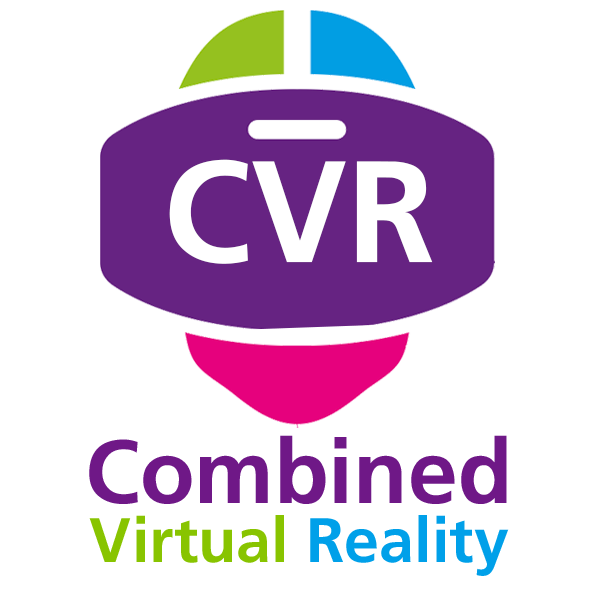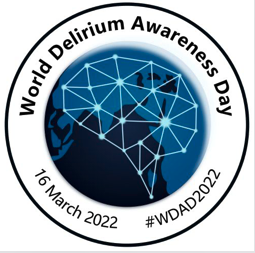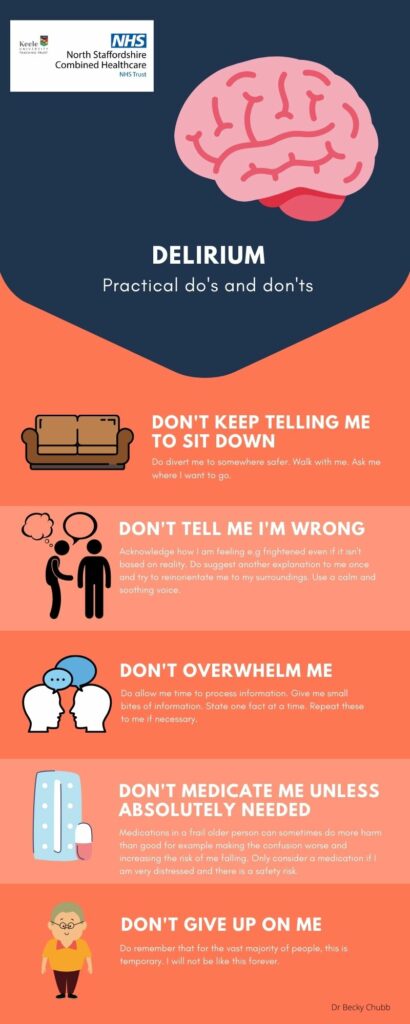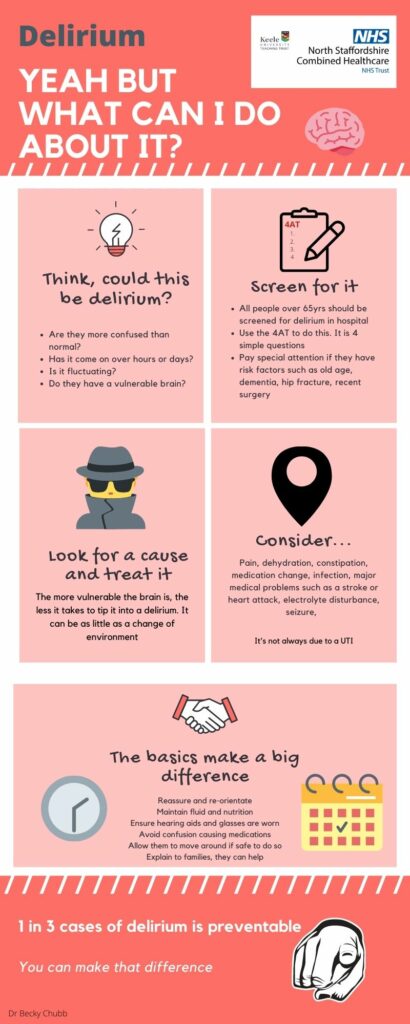Combined Healthcare is proud to launch a new addition to its portfolio of communications products and channels – Combined Virtual Reality (CVR).
Combined Virtual Reality harnesses the latest innovations in communications tools and techniques.
Virtual reality is an experience that can be similar to or completely different from the real world. Applications of virtual reality include entertainment, education, medical training and business (such as virtual meetings). Other distinct types of VR-style technology include augmented reality and mixed reality, sometimes referred to as extended reality or XR.

Virtual reality systems use either virtual reality headsets or multi-projected environments to generate realistic images, sounds and other sensations that simulate a user’s physical presence in a virtual environment. A person using virtual reality equipment is able to look around the artificial world, move around in it, and interact with virtual features or items.
The effect is commonly created by VR headsets consisting of a head-mounted display with a small screen in front of the eyes, but can also be created through specially designed rooms with multiple large screens. Virtual reality typically incorporates auditory and video feedback, but may also allow other types of sensory and force feedback through haptic technology.
Delirium Training – our first CVR output
To mark international World Delirium Awareness Day, we are proud that our first CVR output is a highly innovative training VR film to help frontline healthcare staff create conversations, increase understanding and empathy towards those with delirium and encourage us all to ‘think delirium’.

The film places the viewer inside the head of a patient with delirium in a hospital bed. We see what the patient sees, hear the thoughts in her head and experience some aspects of what delirium causes her to see. This includes delusions that staff are conspiring to poison her and fellow patients and dispose of their bodies, that the building is under attack and that air raid sirens are going off.
The staff caring for this patient are unaware of these thoughts and perceptions and they struggle to understand why the patient is behaving as she does, so they respond in a less than helpful way. They also forget to place back her glasses or to turn on her hearing aide, adding to her distress. Eventually, a member of staff DOES recognise her distress and comes to her help.
You can watch the training video below either through a VR headset (such as Oculus Quest) or in a normal web browser, using drag and move to experience the 360 degree effect.
Joint launch with University Hospitals of North Midlands
We are delighted that the launch of the training film is taking place on World Delirium Day in partnership with colleagues at UHNM. Frontline staff across UHNM will be offered the opportunity throughout the day to try out the film on Oculus headsets and discuss what they experience with mental health and older person clinical leads from Combined Healthcare and UHNM.
Welcoming the joint initiative, Combined’s Interim Chief Executive, Dr Buki Adeyemo said:
“As an older person’s clinician, as well as a strong advocate for the adoption and spread of new digital tools and technologies, this is a perfect example of how we can marry clinical insight and knowledge with innovation and imagination. Congratulations to everyone from across both Trusts involved in delivering this amazing outcome.”
Kirsty Smith, UHNM Matron for Mental Health and Learning Disability, said:
“We are delighted to have worked in partnership with Combined Healthcare NHS Trust and have the opportunity to train our staff at UHNM with such a fantastic state of the art digital tool. Anything which puts staff in our patient’s shoes to improve their experience especially if they are suffering the effects of delirium can only be a positive for patient care.”
N.B. for further resources and information on delirium, see:
Spot the difference (for answers please see bottom of web page)


Combined VR – the next steps
The Delirium Training Video is only the first step in Combined Healthcare’s vision for its CVR offering. Over the coming weeks and months, the Trust will be bringing forward:
- Virtual Reality walkthroughs of its clinical areas and services, so that potential service users and their families can learn about the care they will receive and facilities available before entering treatment
- Virtual Reality Recorded and Live Events – to enable the widest possible participation from people and communities for whom attending in person might be difficult or inconvenient
- The Lawton Hub Virtual Room – a hugely innovative digital space, featuring state of the art digital walls, to deliver a stunning new experience for events, meetings, inductions, Organisational Development and training activities.
Commenting on the Trust’s CVR vision, Executive Director of Partnerships, Strategy and Digital, Chris Bird said:
“One of the jewels in the Combined crown is our passionate commitment to – and brilliant track record in – the very best in digital communications and engagement. So it’s no surprise to see us pushing the boat out in our adoption and use of Virtual Reality. This latest innovation joins a growing list of similar innovations, such as our entirely digital staff 2021 REACH staff awards, our pioneering use of digital avatars and, of course, our Podcast – “Combinations”.
“And we’re not stopping there. The coming year will see us deliver a slew of fantastic developments in our adoption of use of Virtual Reality. It’s a fantastic and exciting prospect to anticipate.”
